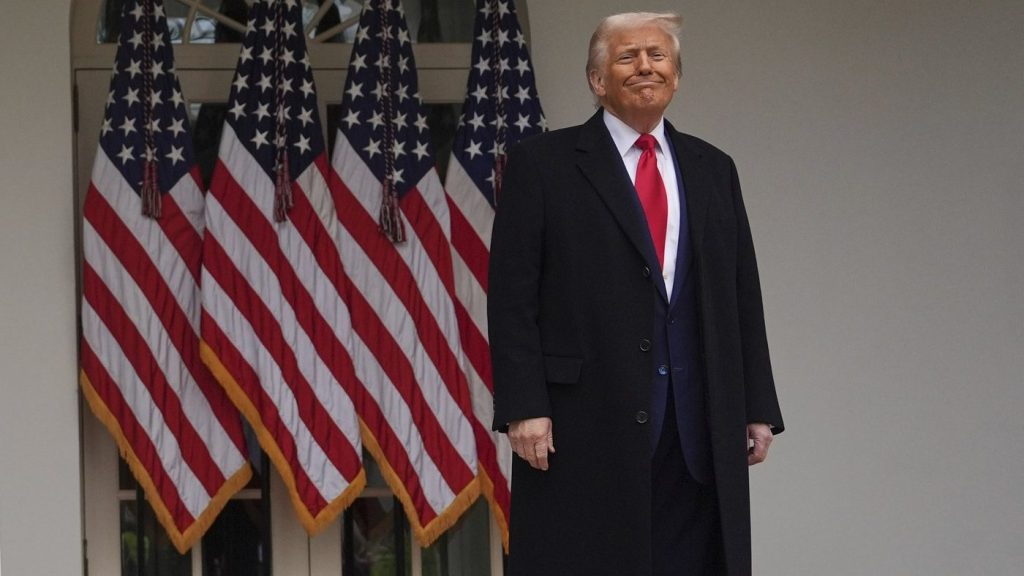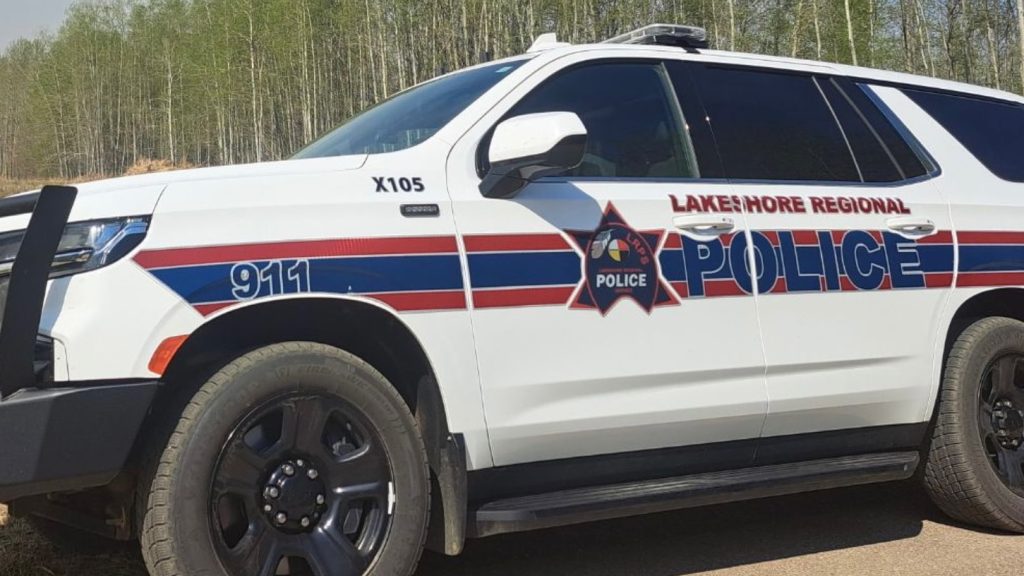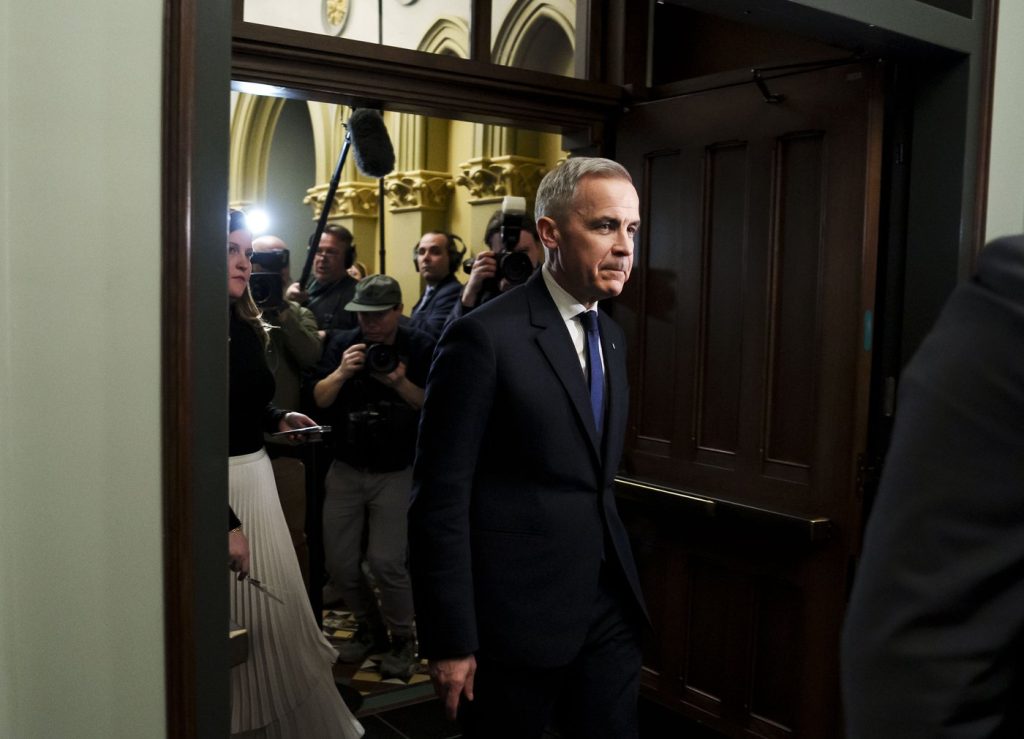Edmonton’s Food Bank Festive Campaign Goals Met

Posted January 13, 2023 10:04 am.
Edmonton’s Food Bank rang in the new year by meeting all of their holiday campaign goals of 300,000 kilograms of food and $3,500,000.
“It slowly builds up, and some people think they have to give huge amounts to make a difference, and that isn’t the case. We aren’t government funded, and we receive all of our donations can-by-can and dollar-by-dollar,” says Tamisan Bencz-Knight, manager of strategic relations at Edmonton’s Food Bank.
“Everybody giving together means so much and its that pooled collective of everyone giving that makes a difference.”
The donations they receive during the holiday season will allow the non-profit to stockpile food for the new year, which they are anticipating to be a difficult year.
“It is hard times for a lot of people so we anticipate the need will be high, what this actually looks like, we don’t know,” says Bencz-Knight.
A new survey by Second Harvest suggests food banks and non-profits that dispense free food are expecting to see a 60 per cent increase in demand for their services, on top of the 134 per cent growth in 2022.
“Expenses like rent and transit are expenses people really can’t avoid, unfortunately, what we are seeing is people are making very tough decisions related to food. Sometimes skipping meals, making nutritional compromises,” says Adam Vrankulj, spokesperson for Second Harvest. “Nutrition is a really underrated factor in the food insecurity conversation in Canada.”
Charities also anticipate adding 30% more food programs in 2023, increasing the average number of days per week they hand out free food. Second Harvest also says 70 per cent of these agencies state they need both food and financial support. Without more help, thousands of Canadians will not have enough food to feed themselves or their families.
“Many of these organizations are hanging on by a threat as it is. They are anticipating needing to open more programs and welcome more people in 2023, but they are in crucial need of more funding and more food,” says Vrankulj.
Vrankulj says food banks are only a temporary fix to the food insecurity problem across the country.
“Canada doesn’t have a food shortage, Canada has a lot of food, we just don’t manage it very effectively. A lot of food is wasted, ends up in landfills and what we need is initiatives to get food from producers onto plates and not into landfills where it’s going to be wasted.”
He says there needs to be some policy adjustments to improve access to food. “The government could bring back things like the Emergency Food Security Fund or the surplus food rescue program which were brought forward in the COVID era and made a very positive impact.”








